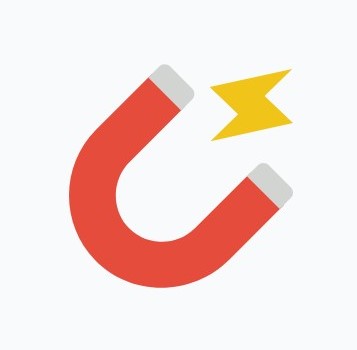

Hmm just tried it & it doesn’t load either. The last official onion link I found published on https://proxygalaxy.me (via archive.org) was in May 2024 at http://galaxy3yrfbwlwo72q3v2wlyjinqr2vejgpkxb22ll5pcpuaxlnqjiid.onion but it doesn’t seem to load for me in Tor Browser.






FYI all the official domains and .onion link are on their proxygalaxy page
https://proxygalaxy.me
For what it’s worth .to does not forward me to .mx, each of those domains seem to work fine on their own. Not sure what exactly is happening with your browser, maybe try clearing the cache / doing a hard reload.